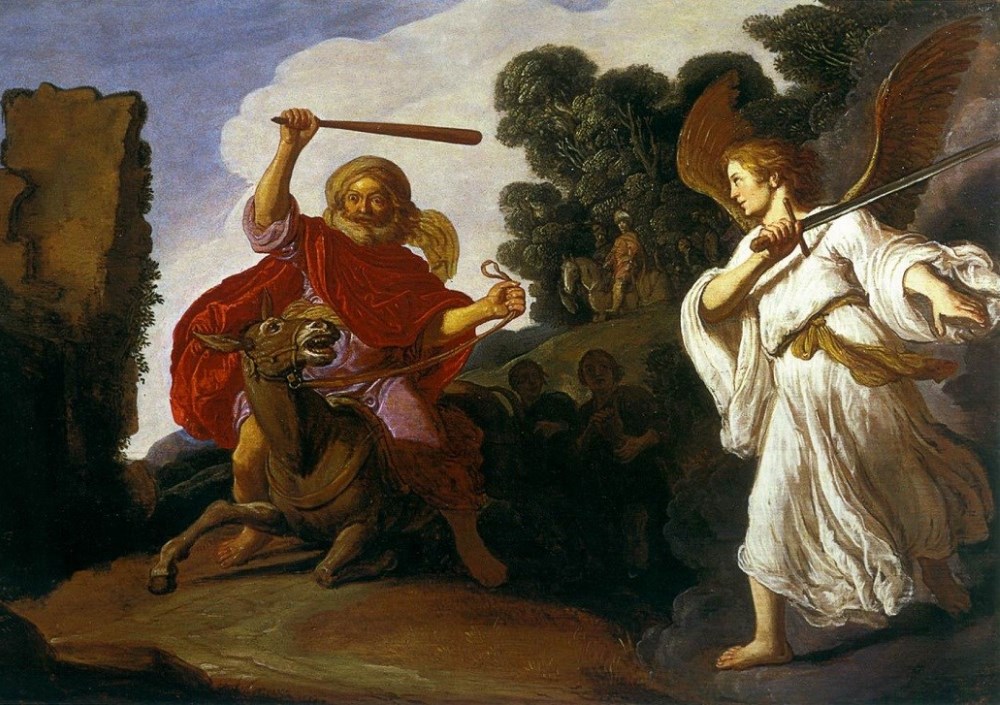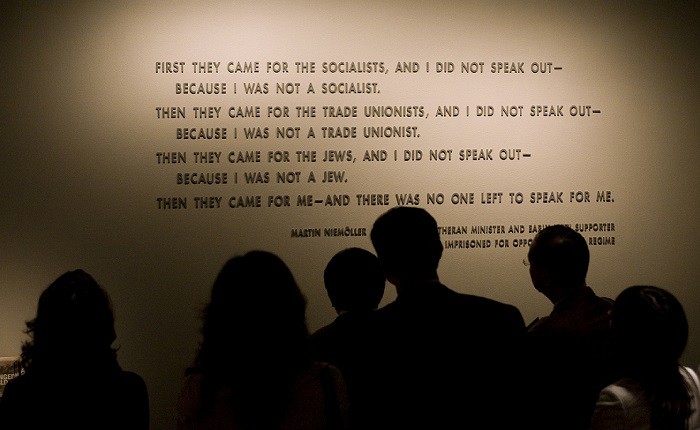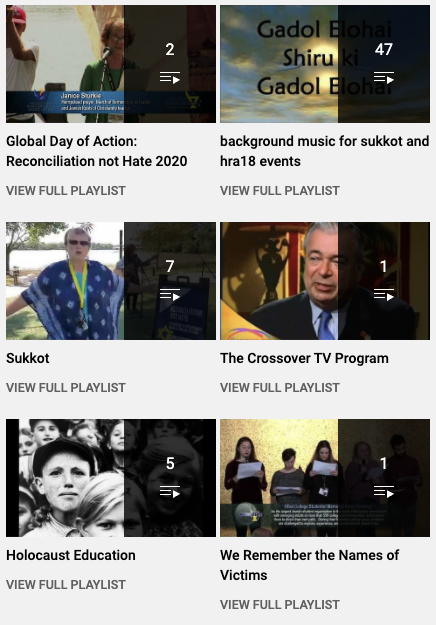July 10, 2025 – Dr. Susanna Kokkonen
Balak 5785 (2025)
Numbers 22:2 – 25:9 (Haftarah: Micah 5:6 – 6:8)
Balak, the name of the Prince of Moab is the name of this week’s Torah portion. I must confess that I could barely contain my excitement when I saw the subject of this week. Because this story has so many elements that fit our time perfectly.
The nation was coming closer to their destiny. Many nations were afraid of them because they knew what God had done for them. Balak knew that he could not defeat them with military power. Therefore, he sought to curse them. A man by the name of Balaam was known as a kind of diviner or prophet. It was him that Balak now approached.
“…So Balak son of Zippor, who was king of Moab at that time, sent messengers to summon Balaam son of Beor, who was at Pethor, near the Euphrates River, in his native land. Balak said:
“A people has come out of Egypt; they cover the face of the land and have settled next to me. Now come and put a curse on these people, because they are too powerful for me. Perhaps then I will be able to defeat them and drive them out of the land. For I know that whoever you bless is blessed, and whoever you curse is cursed.”
The elders of Moab and Midian left, taking with them the fee for divination. When they came to Balaam, they told him what Balak had said.” (Numbers 22: 4 – 7 NIV)
God told Balaam not to go with the men who came to get him. After all, their purpose was to put a curse on the Israelites. He obeyed.
“But God said to Balaam, “Do not go with them. You must not put a curse on those people, because they are blessed.”
The next morning Balaam got up and said to Balak’s officials, “Go back to your own country, for the Lord has refused to let me go with you.” (Numbers 22:12 – 13 NIV)

Balak, the Prince of Moab (also called king) did not accept the answer but sent his emissaries to Balaam. What happened then is intriguing because despite his earlier resolve ultimately Balaam chose to go with them. On the way there was an incident where his donkey saw an Angel with a sword drawn. Balaam did not see the danger until God opened his eyes.
When Balaam arrived to Balak, he said that he would only say what God would put in his mouth.
The first thing to know is that God put in his mouth a blessing, not a curse. The second thing to know is that God’s people should be separate from the customs of the nations around them, as is confirmed in multiple places in the Bible. From the prophecy Balaam spoke, it becomes clear that even if the Jewish People seek to live as the nations, they will be a people that dwell alone.
“How can I curse
those whom God has not cursed?
How can I denounce
those whom the Lord has not denounced?
From the rocky peaks I see them,
from the heights I view them.
I see a people who live apart
and do not consider themselves one of the nations.” (Numbers 23: 8 – 9 NIV)
As we know, Balak did not give up so easily. Instead the prophet went to a different place to observe the people from a different angle. He gave another utterance of blessing. In it there is one thing that is particularly beautiful to look at.
“No misfortune is seen in Jacob,
no misery observed in Israel.” (Numbers 23: 21 NIV)
What makes this so interesting is that in the original Hebrew the word that is used is habit which means to look. It means that God chooses not to look at something bad, often referred to as idol worship, in Jacob. Then He does not see bad things either, as per the second sentence.
Among the Nations
The Haftarah portion from Prophet Micah tells us about Israel’s place among the nations. Clearly God does not want his people to depend on the nations of this world. It is equally clear that God is going to give them what they need.
“The remnant of Jacob will be
in the midst of many peoples
like dew from the Lord,
like showers on the grass,
which do not wait for anyone
or depend on man.
The remnant of Jacob will be among the nations,
in the midst of many peoples,
like a lion among the beasts of the forest,
like a young lion among flocks of sheep,
which mauls and mangles as it goes,
and no one can rescue.
Your hand will be lifted up in triumph over your enemies,
and all your foes will be destroyed.” (Micah 5: 7 – 9 NIV)
The Haftarah portion recalls the time of Balak and Balaam. But it really is more than that because it is an order for people to remember what happened. The reason for remembering is that they would always know the righteous acts of the Lord. This in turn, and this is my thinking, would help them when confronting future dangers.
“My people, remember
what Balak king of Moab plotted
and what Balaam son of Beor answered.
Remember your journey from Shittim to Gilgal,
that you may know the righteous acts of the Lord.” (Micah 6:5 NIV)
Balaam’s Error
It appears from the New Testament that Balaam’s error was that he was willing to curse the Israelites in exchange for money. He repeatedly and correctly said that he would only be able to prophesy that what God spoke to him. Yet, there was something displeasing to God going on with him. It is implied in the New Testament that his reason for ultimately going with Balak’s emissaries had to do with money.
“They have left the straight way and wandered off to follow the way of Balaam son of Bezer, who loved the wages of wickedness.” (2. Peter 2:15 – 16 NIV)
“Woe to them! They have taken the way of Cain; they have rushed for profit into Balaam’s error; they have been destroyed in Korah’s rebellion.” (Jude 11 NIV)
The Date in Holocaust History
As we go back to the 1930s when the Nazis had gained power but were still working to establish their reign of terror, we go to 1936.
On July 12, 1936, the SS, Hitler’s dreaded elite guard, established the concentration camp of Sachsenhausen near Berlin. It was to be the main camp in the Berlin area. On this July day they transferred 50 prisoners there to start constructing the camp.
During the starting period, the SS mainly incarcerated political prisoners and criminals there. By the end of 1936, 1600 prisoners were held there. Following the Kristallnacht, when around 30,000 Jewish men were arrested, thousands of Jewish men were brought into Sachsenhausen. The number of Jewish prisoners varied throughout the years of its existence until 1945.
As many as 44,000 different camps and prison sites existed in Europe throughout WWII and the Holocaust.

One famous prisoner who was incarcerated in Sachsenhausen was Pastor Martin Niemöller (1892 – 1984). He was one of the leaders of the Confessing Church. This church has often been called the theological opposition to Nazi ideology in Germany. He remains a controversial figure, being very nationalistic in his views, but still ending up in a concentration camp.
Pastor Niemöller spoke very well-known words about being silent “when they came for all the others”.
“First they came for the Socialists, and I did not speak out because I was not a Socialist…and then they came for me and there was no one left to speak for me.”
It behooves us to think what speaking for others might mean to us right now.
*For an explanation of the terms see the first Pearls of The Torah Portion Blog.
| Coral and crystal cannot be mentioned, and the striving for wisdom [is more precious] than pearls. | רָאמ֣וֹת וְ֖גָבִישׁ לֹ֣א יִזָּכֵ֑ר וּמֶ֥שֶׁךְ חָ֜כְמָ֗ה מִפְּנִינִֽים: |
Job 28:18 (NKJV)
Again, the kingdom of heaven is like a merchant seeking beautiful pearls, who, when he had found one pearl of great price, went and sold all that he had and bought it.
Matthew 13:45-46 (NKJV)
Torah Scrolls were attacked and desecrated during the Holocaust. The enduring images of the Kristallnacht (November 9-10,1938) are those of synagogues on fire and Torah Scrolls burning. Some of these desecrated Torah Scrolls disappeared, others were buried. Some were lovingly rescued and are on display in museums in various locations.


